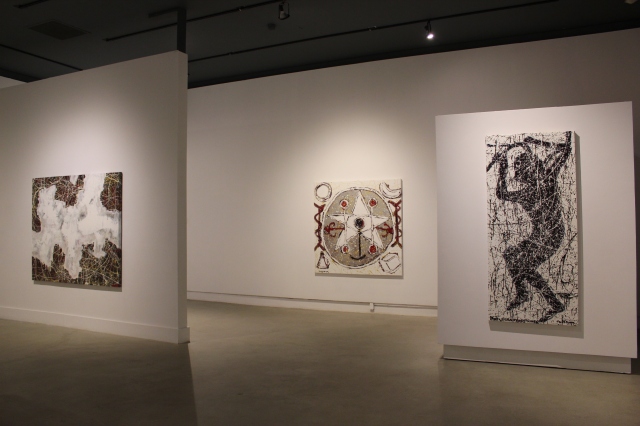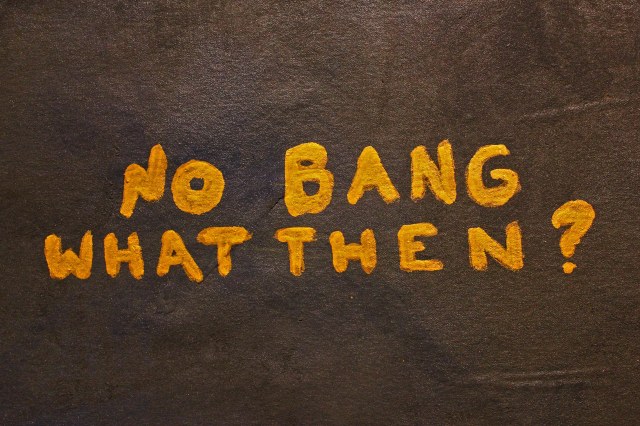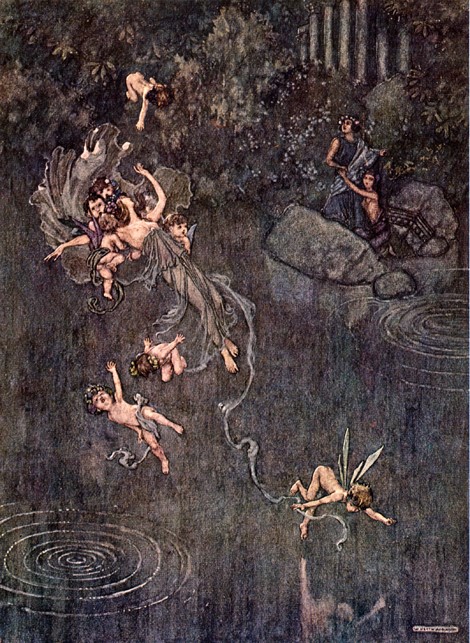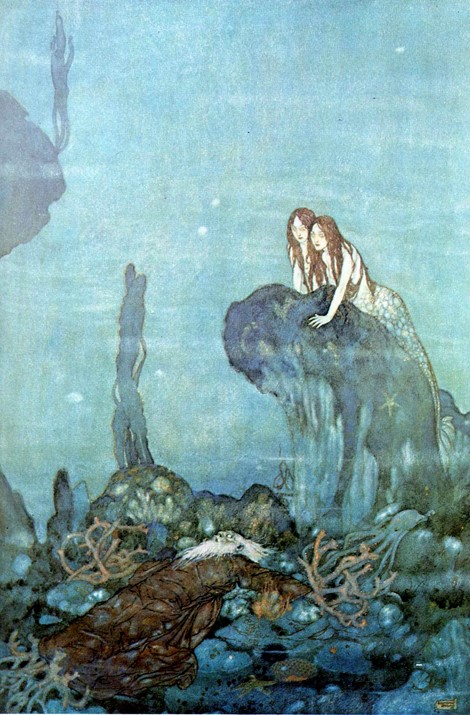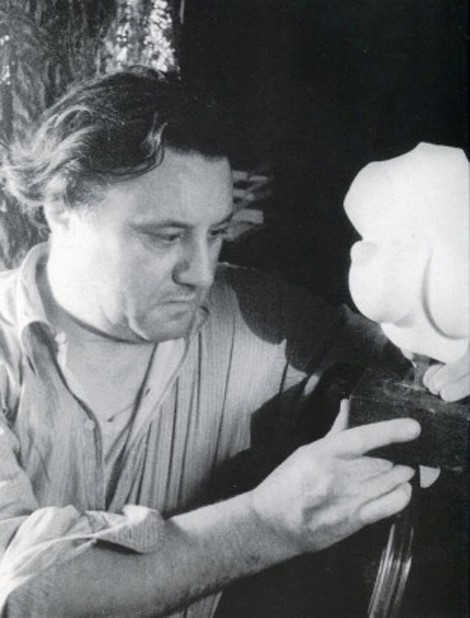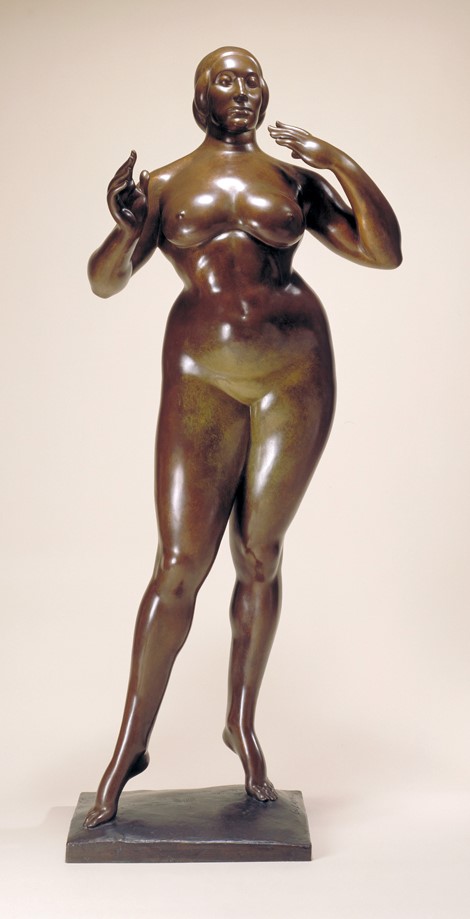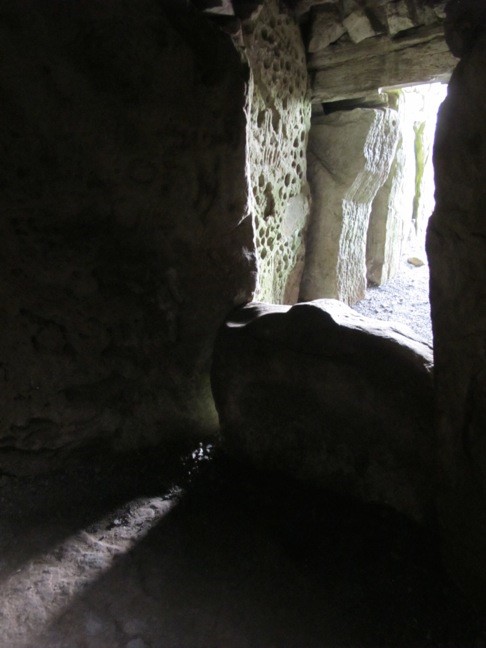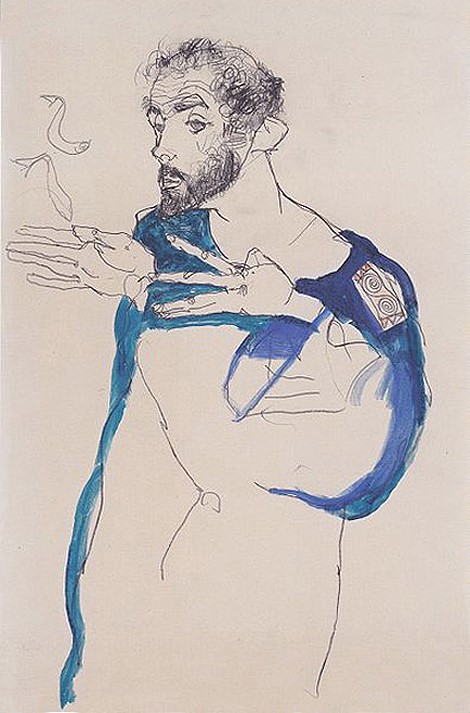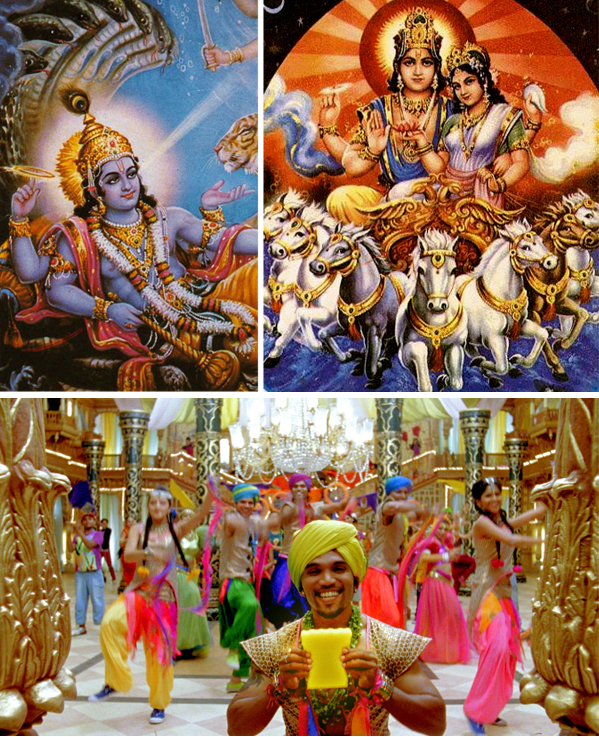STRUCTURAL IMPRESSIONISM
By: Jack Winn
Structural Impressionism is an interpretation of the hypothetical make up of our reality and the grand landscapes containing the mysteries of our cosmos. My work acts as a bridge between science and art. Science, in its quest for knowledge, has moved into abstract mathematics with transcendental numbers and infinities. The strength of my work lies in its ability to convey the reality of our universe – and its decision to hide from us. In an age where large populations never see the stars, never touch the earth, this work demands that you stop and feel.
In the world of astrophysics and the miniature world of quantum chromodynamics many systems are explored, some real some imagined. This work gives a picture of what these theories may look like. I have found with abstraction the freedom to paint the unknowable.
These paintings are not necessarily abstract however, as they represent aspects of our cosmic and quantum models, and the beginnings of our universe. We have a model called The Big Bang, which is a starting point that appears to be about 14 billion years old. It has been determined that after all of the star material has been added together there is not enough weight to produce the gravity necessary for this action to take place. In fact there must be more than 90% more matter. As we search the universe a gravitational signature is observed but not its source. Galaxies appear to be bent by an unseen gravitational pull. Astronomers can now observe large groups of stars in unusual shapes as if a force is acting upon them. The name dark matter has been given to the reason for this unseen force. Therefore no one knows what dark matter may look like or if it even exists.
We have a few pieces of the puzzle. They are what allow us to manipulate energy for nuclear power, lasers, focus microwaves, and construct integrated circuits. Yet, the essence of our existence and the nature of our reality remain mysterious. The Big Bang for example is being treated as fact but the theory has a major flaw. The artist asks, what about before The Bang? This is the question that disturbs me and drives my work. Fourteen billion years is not even a grain of sand compared with infinity. What was before? Can infinity exist? A googol is the number assigned to the total count of every atom in our universe. So start counting. Even if you do, infinity will still be there waiting. How to deal with this? My answer is to paint. These concepts intrigue me. If you add in ‘the problem of time’ the results are so bizarre we cannot comprehend them. The idea of infinity is thrown around in our mathematics in an odd way. Infinities that don’t seem to exist are just canceled out to balance the equations. It is called renormalization. A bit sketchy for me.
A recent and popular theory is called the M-Theory. The M stands for mysterious, or according to some scientists, “murky”. That is the true nature of our cosmos, mysterious. Also there are faster than the speed of light particles being observed. Something unthinkable fifty years ago. Some of these particles, neutrinos, are represented in this work by the Pollock-like drips. Neutrinos which have tachyonic properties are flowing through us constantly by the trillions. Tachyonic properties include an imaginary mass and the ability to go faster than light, but not slower. There may or may not be an interaction between these particles and dark matter, however there is in these paintings. The swirling graceful flow of the automotive paint contrasts with the heavy black oils, showing the dance between neutrinos and the dark matter. Small dots of paint blink in and out like extinguishing and birthing stars.
The paintings are unique in the use of oil, automotive and acrylic paints. These paints with their different solvent bases are applied in specific orders and several layers to create a surface that looks both wet and dry. The paints etch into one another and create a tension that is palpable. This gives the work an experimental look in keeping with the subject matter. They draw the viewer closer to see what is happening on the surface of the canvas. I want it to be difficult not to touch them.
The Formula Paintings or ‘Blackboards’, on paper, are actual mathematical formula concerned with nuclear fission, fusion, Pi, and M-Theory, among others. They are designed to replicate a university blackboard freshly marked by a physics prof. Underlying the formula is a sacred geometric construction in pencil. Then it is over written with chalky white oil paint to look like a palimpsest. They have then been fastened to the highway and run over by traffic for an hour or so. This has given each work a distinctive patina. Some have been set alight to give the feeling that mankind’s most precious knowledge has been ignored and discarded. These show the mathematics that underlie the vast concepts of the large scale paintings. Again there is a tension created in these works that mirrors the angst felt by the artist in grappling with the enormous concept of our creation and the reasons for our consciousness. I love the symbols in theoretical physics: the universe is forcing the left brained scientists to be artists in the very way that they represent the cosmos with numbers and Greek letters and other doo-dads. It makes me smile.
The third group of paintings in this exhibition are The Escapes. They are representative of the artists overpowering desire to know some answers to these consuming questions about our existence. They take the viewer to the other side of our known reality. Our cosmos is the yellow cage that we cannot seem to get out of, as if we are trapped by the limitations of our own minds.
I would dearly love for us to look at the wonders everywhere. Everything is a miracle. The purpose of my art is to set the viewer on a course of exploration and a quest for knowledge. The internet has opened up the world’s libraries to us all. We already have so many thought provoking concepts to think about. I view my art as a window to this other world.
When words fall short we must look for other means to understand our lives, and the mysteries of our reality. That is the purpose of art, music, imagination, the smell of freshly baked bread, or tea on the breath of your grandmother when she kissed you goodnight. In these paintings I offer intense emotions about time and existence, in the framework of current scientific knowledge.
Exhibition at Gallery Stratford open to July 12, 2015.
Join us June 18: JOINT ARTIST TALK & DINNER @ MERCER HALL
